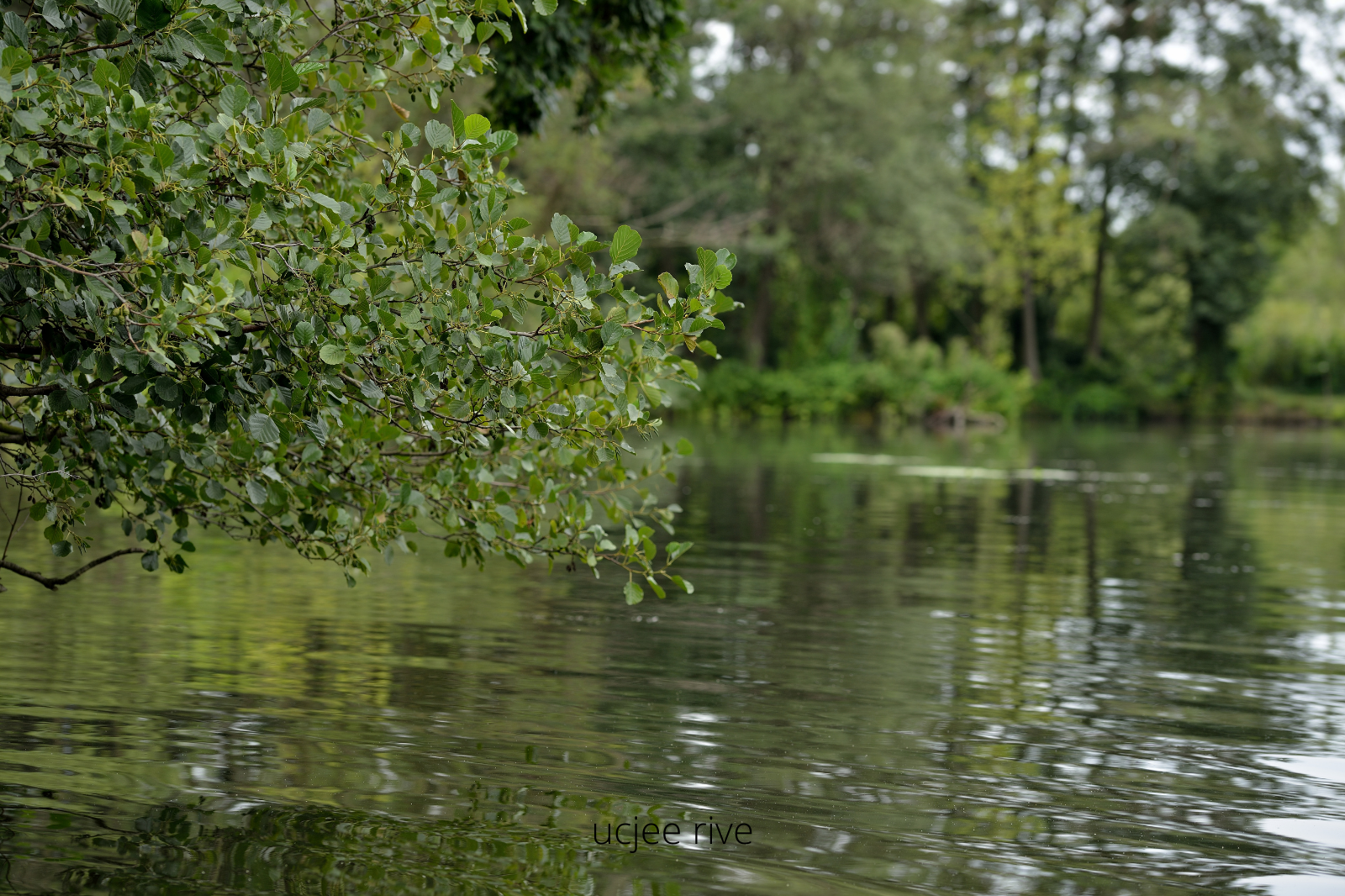Goals and Objectives (revised):
Revised Goals.
- Provide detailed guidance on the recommended methods to quantify the water quality benefit of stream restoration in the Lake Tahoe Basin.
- Characterize the “desired condition” analog of a restored stream morphology and condition in the Lake Tahoe Basin (Trout Creek) by directly applying techniques developed by 2NDNATURE and others for Lake Tahoe streams.
Revised Objectives.
- Create and assess a range (based on complexity) of methods to quantify the total and fine sediment load reduction of stream restoration efforts in the Lake Tahoe Basin, using Trout Creek as the case study.
- Compile and apply available data to inform the inputs and validate the outputs of Stream Load Reduction Tool (SLRT) estimates.
- Design and implement a detailed data collection effort from Trout Creek (WY 2010 and 2011) to augment existing data and directly inform SLRT assumptions, input parameters and validate results.
- If resources are available in WY 2011, apply the riverine module of California Rapid Assessment Methodology (CRAM) to Trout Creek and other sites as appropriate to test applicability of CRAM to discern pre and post restoration effects and detect differences in SEZ condition in the Lake Tahoe Basin.


